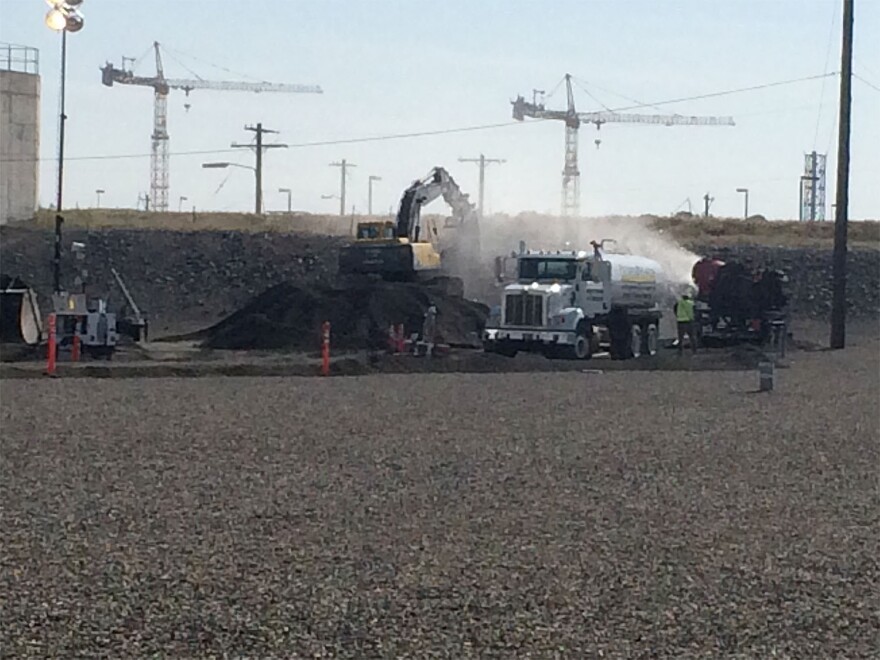Tuesday morning an emergency response was triggered at the Hanford nuclear site when a hole was found in the roof of a buried tunnel nearby a mothballed plutonium processing plant. The tunnel, constructed in the haste of the Cold War, was about 360-feet-long and built out of timbers and concrete.
So what exactly is in that tunnel? ?
The U.S. Department of Energy’s Mark Heeter said eight rail cars were inside the tunnel—named “Tunnel 1.”?
“These railcars were used for for sort of storage capacity,” he said. “What they did was put equipment on there that was not needed anymore in the PUREX facility and they ran it down into the ground for storage where it remains to this day.”
The tunnels are located near the PUREX plant. It was used to extract plutonium for bombs from irradiated rods. Workers at PUREX used acidic chemicals and other solutions to extract and concentrate that plutonium. ?
But that process, run 24-hours-a-day, was harsh on the metal equipment. Much of it would wear out and would be coated with radioactive waste. By putting those items underground, Hanford officials were shielding plant workers from harmful dose. ?
According to Heeter the government is backfilling the hole because they don’t want workers to get any dose now, or for any radioactive material to spread. ?So far Heeter said there have been no injuries or any radioactive waste detected in the air or moving out of the area.
Heeter said no one has gone into the tunnel since the plant was closed. And no active work was going on around the tunnels at the time of its cave-in.


